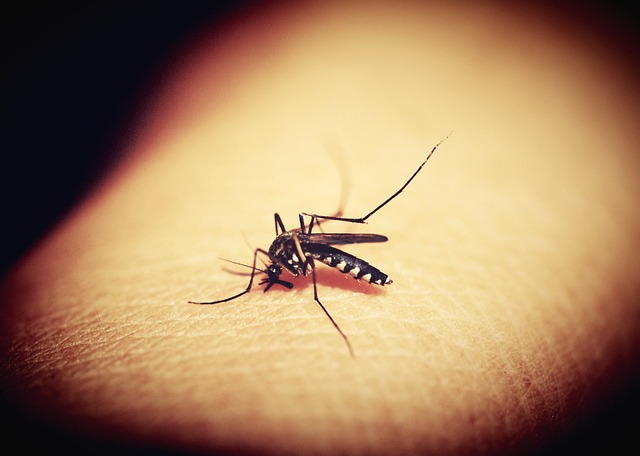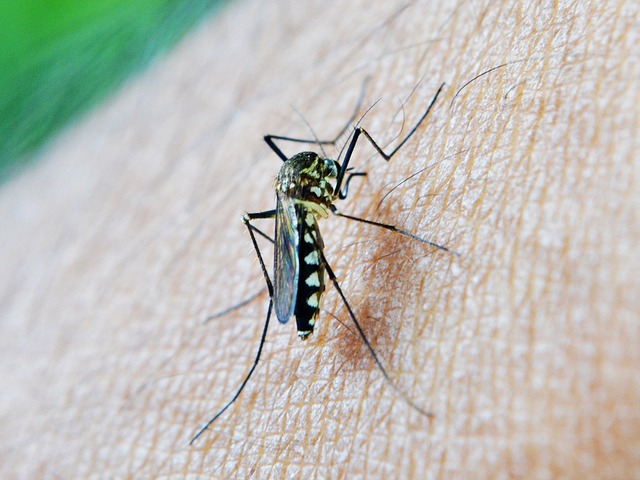Every weary-eyed parent understands the paramount importance of a restful night’s sleep. When your little one keeps waking up in the middle of the night, it’s a surefire recipe for disrupted sleep patterns that leave you groggy and irritable come morning. If you find yourself nodding along, searching for a lifeline, you’re in the right place for some valuable tips on sleep training.
A Gentle Awakening
Let’s ponder this: If you were accustomed to sleeping every night with a cozy pillow – which, in this case, is mom or dad – and suddenly that pillow vanishes, what would happen? Naturally, your child wouldn’t sleep.
Any parent can attest that they crave some downtime, quality time with their partner, or simply a moment to recharge after their little one’s bedtime. While it’s tempting to snuggle up with your child at the end of a long day, how do you then teach them to fall asleep independently and cultivate healthy sleep habits? The truth is, most sleep issues in babies and children often trace back to parental actions rather than the child’s tendencies. I know it’s not the most comforting realization for any weary parent, but as we all know, a little hard work upfront can yield a host of benefits down the road.

The Art of Sleep Training
The ultimate goal of sleep training is to have your baby or child comfortably snooze through the night on their own. Should they awaken, they’ll learn to self-soothe and drift back into slumber. Pediatricians and sleep experts have developed various sleep training methods for parents to choose from.
Once they’ve been successfully sleep trained, babies can enjoy a restful 9-12 hours of sleep at night. This not only ensures a happier, more energetic child during the day but also gives parents the gift of a better quality of life. While little ones still need their daytime naps, tired moms, especially those recovering from pregnancy, can relish in more restful nights.
The timeline for sleep training varies depending on the method used. Some methods, particularly gentler ones that minimize crying, may take a bit longer, while others can have your baby sleeping independently in a matter of days. There’s no one-size-fits-all approach to sleep training, but consistency and patience are the keys to success.
Sleep training goes beyond simply letting your child cry it out. Take a closer look at your child’s daily routine. Are there any issues around bedtime? Do older siblings demand attention? Are work deadlines looming? Is dinner preparation a nightly ordeal? Identify these stressors and brainstorm solutions while focusing on training your baby or child into a healthy sleep pattern.

Frequently Asked Questions
It’s essential to acknowledge that some crying may occur initially, especially if your child is used to sleeping with you. Remember, every child is different, so what works for one might need adjustments for another. Gradually introduce changes and observe your baby’s reaction. As the nights progress, your little one will spend more time alone in their crib.
How long does sleep training take?
Generally, it takes about six to seven nights, possibly less if you haven’t been consistently putting your child to sleep. If your baby has grown accustomed to crying for immediate attention from parents, the process may take longer.
At what age should you start sleep training?
Typically, babies should be around 5 months old to sleep through the night, with an age range from 5 to 24 months. The child should still be sleeping in their own crib without the ability to wander out of the room.
Can you sleep train toddlers?
Sleep training becomes more challenging and time-consuming for older babies, especially if they’ve outgrown their crib. However, as mentioned earlier, it’s far easier to patiently train a toddler than to tackle sleep issues when they reach school age or when a new sibling arrives. For toddlers, it often revolves around bed placement, bedtime routines, eating habits, and sometimes parents’ reluctance to let go. Create a list of their routines, identify areas for change, implement a small progress chart or reward system if the child is old enough, and, most importantly, maintain consistency until the child understands that getting up means going back to bed to sleep alone.
What is the success rate?
Overall, the success rate is promising. However, if parents change their minds midway through training or fail to stay consistent, success becomes elusive. Determination is key for sleep training to be effective.





